Paramecium week on the radio Ö1: Paramecium in focus with Dr. Bettina Sonntag (in German):
Read More08
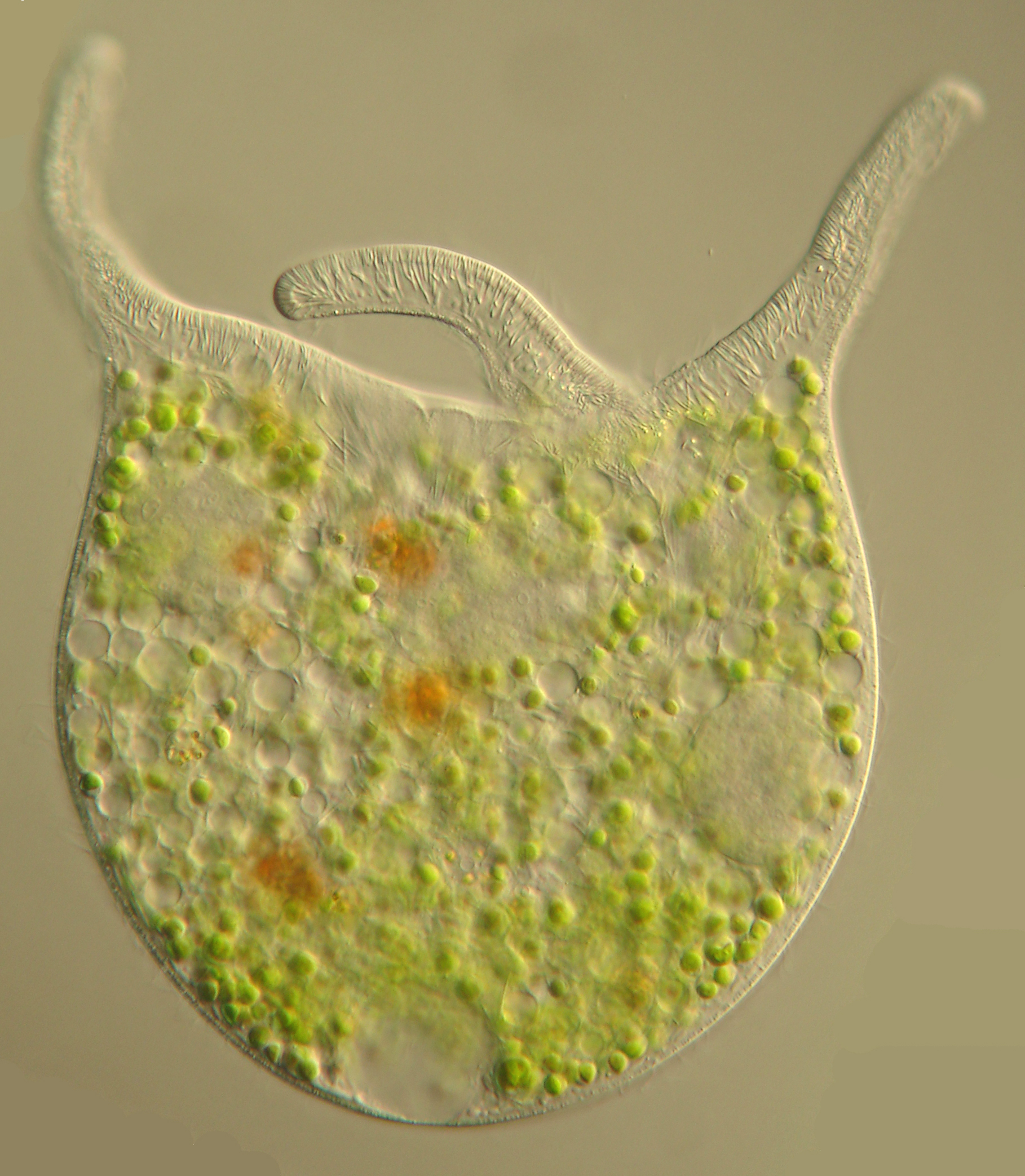
Teuthophrys trisulca trisulca
Teuthophrys trisulca trisulca lives in a mutualistic relationship with green algal symbionts. This relatively large – up to 0.3 mm – ciliate catches small multicellular organisms (e.g., rotifers) as food. Teuthophrys trisulca trisulca can be found in lake plankton.
Read More04
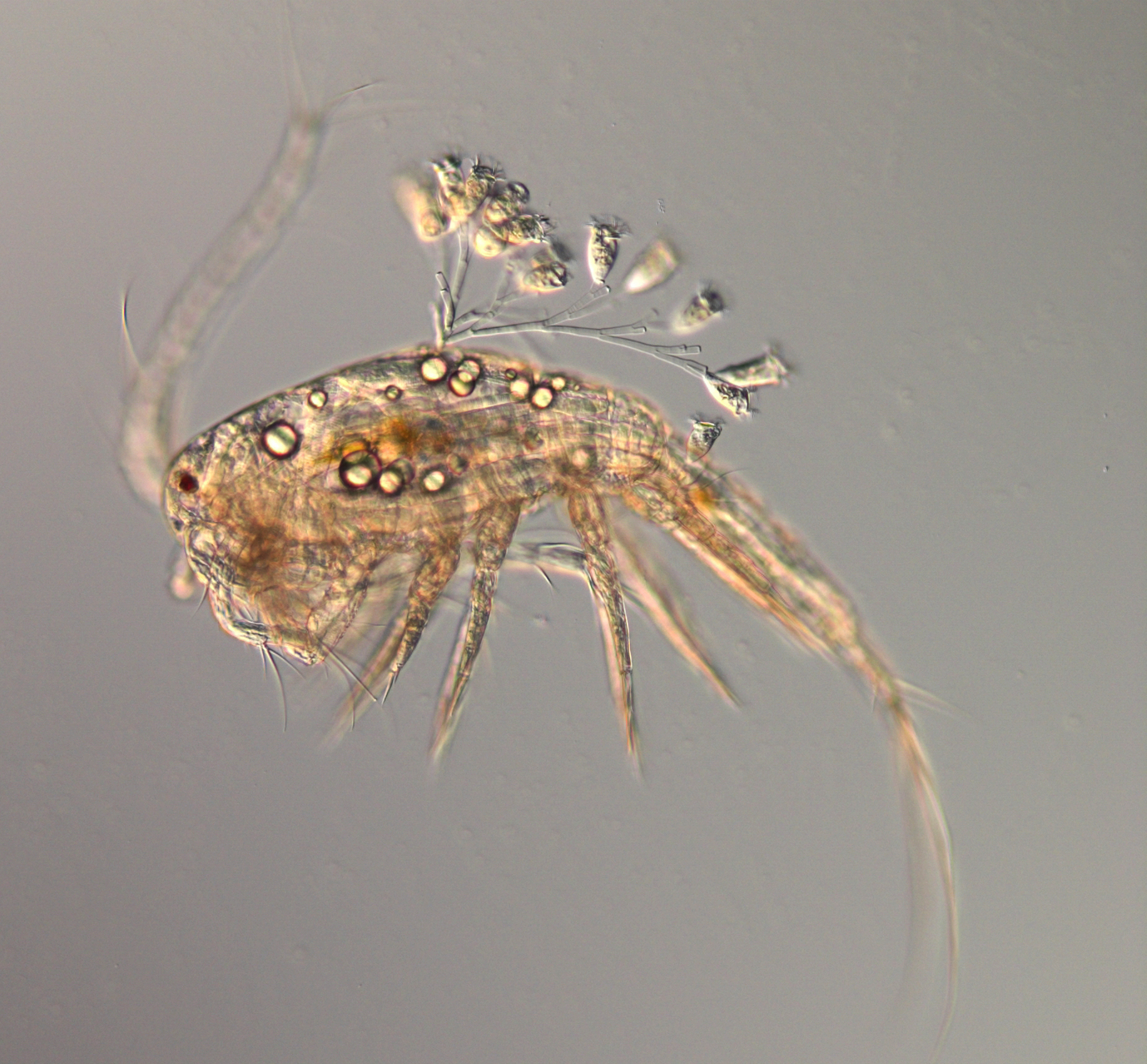
Epistylis anastatica
Epistylis anastatica is a peritrich ciliate that is attached with a stalk to animals. Here, the ciliates stick to the backside of a planktonic copepod (see also pictures below for more details). The ciliates can form large colonies including many individuals. This duet was found in lake Mondsee (Austria).
Read More29
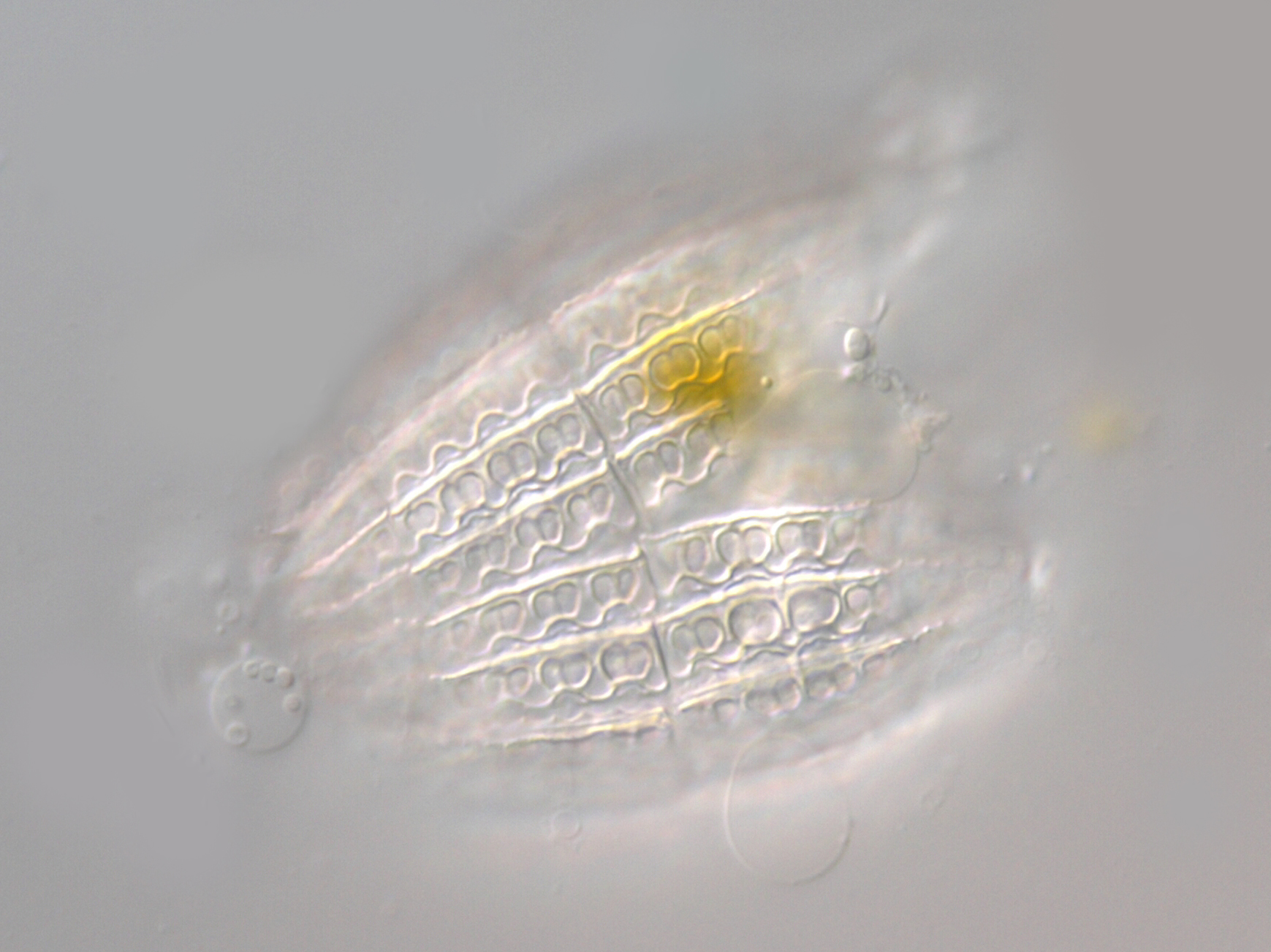
Coleps hirtus hirtus
Coleps hirtus is a heterotrophic ciliate species that feeds directly on other microbes including bacteria and other protists. To reveal the characteristic pretzel-shaped ‘windows’ of the calcified armor, this individual found in Lake Mondsee (Austria) was strongly squeezed.
Read More30
Co-occurrence networks in aquatic food webs: ciliates as models
Co-occurrence networks in aquatic food webs: ciliates as models International trilateral project funded by the FWF (lead agency; I 2238-B25), SNF and DFG. PIs B. Sonntag (FWF), T. Posch (SNF, University of Zürich), T. Stoeck (DFG, University of Kaiserslautern); September 2015 – August 2020
Read More30
Freshwater endosymbiotic algae and their ciliate hosts: morphology, phylogeny, ecology
Freshwater endosymbiotic algae and their ciliate hosts: morphology, phylogeny, ecology. FWF Austrian Science Fund (P28333-B25), PI B. Sonntag & T. Pröschold, April 2016 – March 2021
Read More24
Wasserleben
Ein Projekt für über 400 Kinder und Jugendliche aus neun vorpädagogischen und pädagogischen Einrichtungen. Gefördert im Programm ‘Talente regional der Forschungsförderungsgesellschaft FFG’, Juli 2015 – Dezember 2016, PI S. Wanzenböck, M. Ellmauer
Read More27
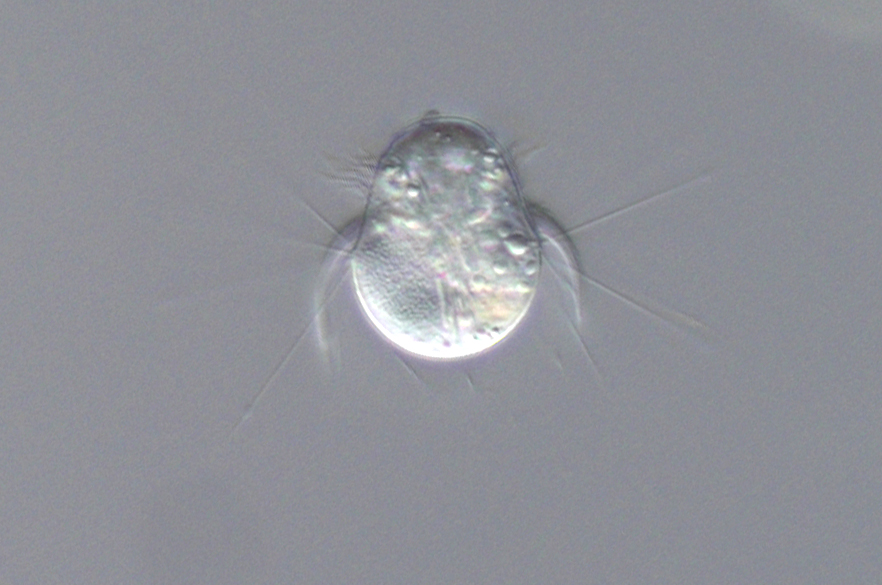
Rhabdoaskenasia minima
Rhabdoaskenasia minima is a small (30 x 20 µm) planktonic ciliate commonly found in lakes. This ciliate contains three characteristic ciliary girdles in the anterior half of the cell: one having relatively short cilia, another one with longer cilia that are typically bent posterior and a third girdle with long bristles that faciliate floating in […]
Read More27
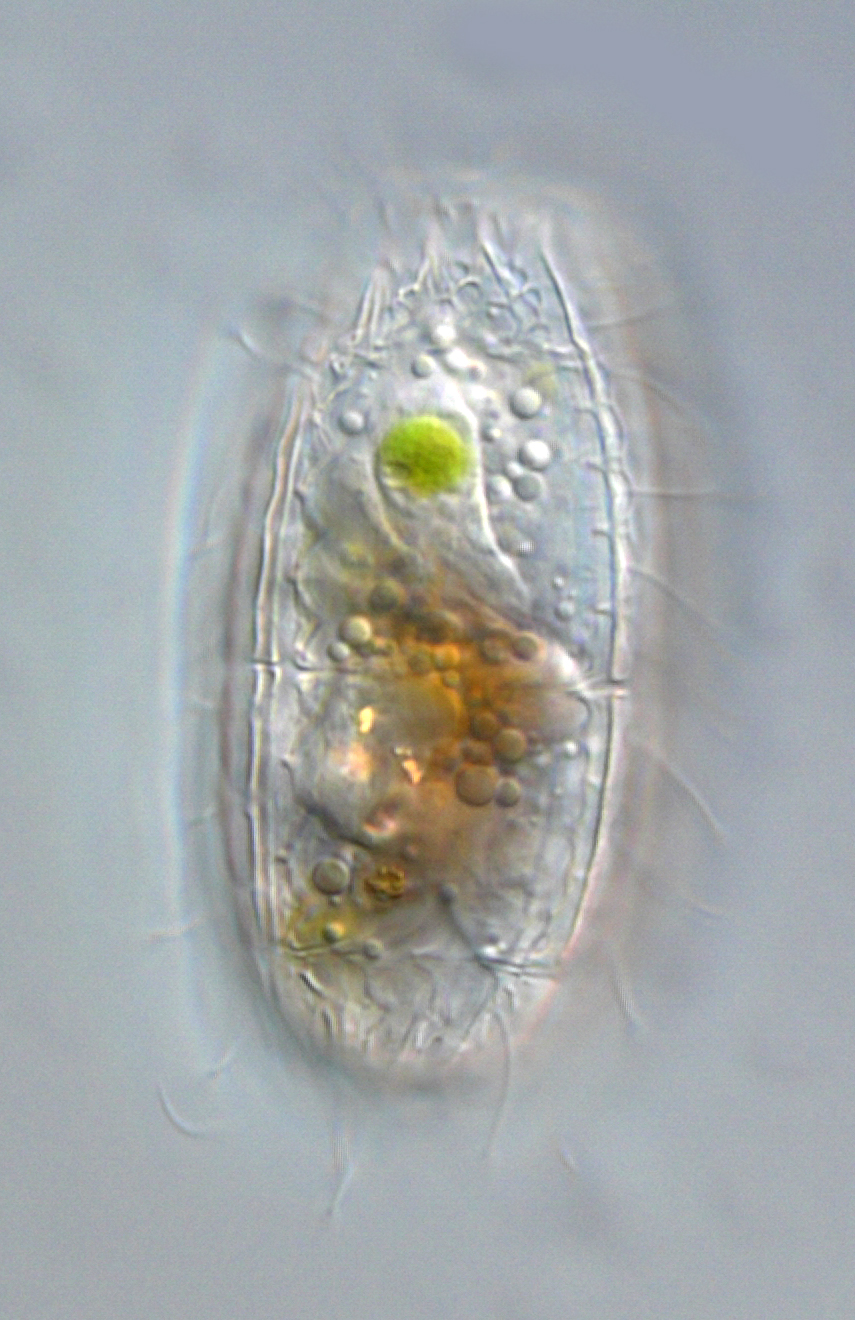
Coleps nolandi
Coleps nolandi is a ciliate covered by calcified armored plates. The main plates bear species-specific ‘windows’ which have a reniform shape in C. nolandi (see picture below). The ciliate is found in benthic and pelagic freshwater habitats and feeds on algae, other ciliates and organic debris.
Read More05
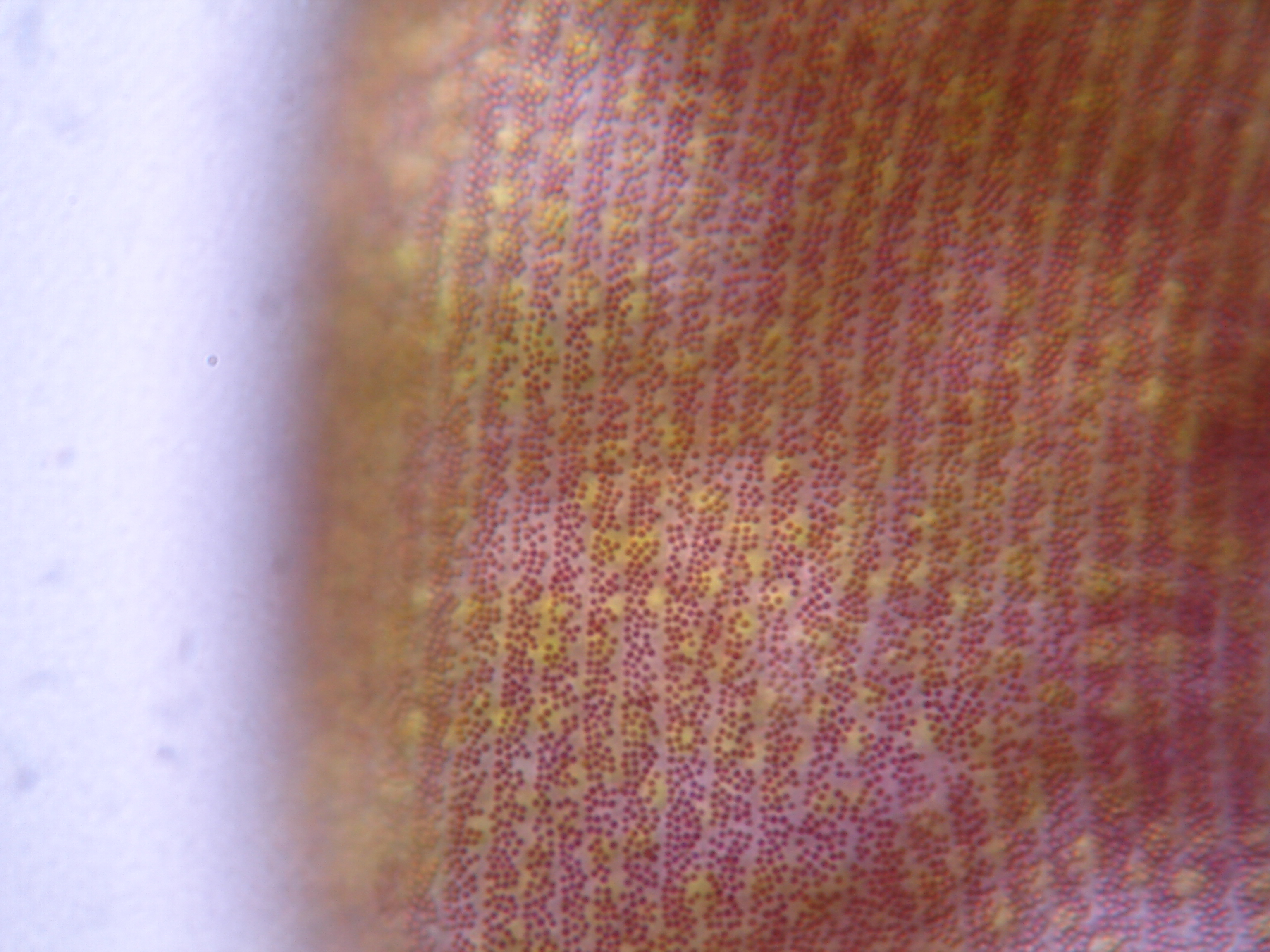
Stentor amethystinus
Stentor amethystinus is a trumpet-shaped ciliate with a violet to purple appearance. The ciliate is almost 1 mm long and common in lake and pond plankton. Inside the ciliate unicellular algae (the globular green cells) live in symbiosis with S. amethystinus. Stentor is the Unicellular Eukaryote of the Year 2014. This population was sampled by Samuel […]
Read More

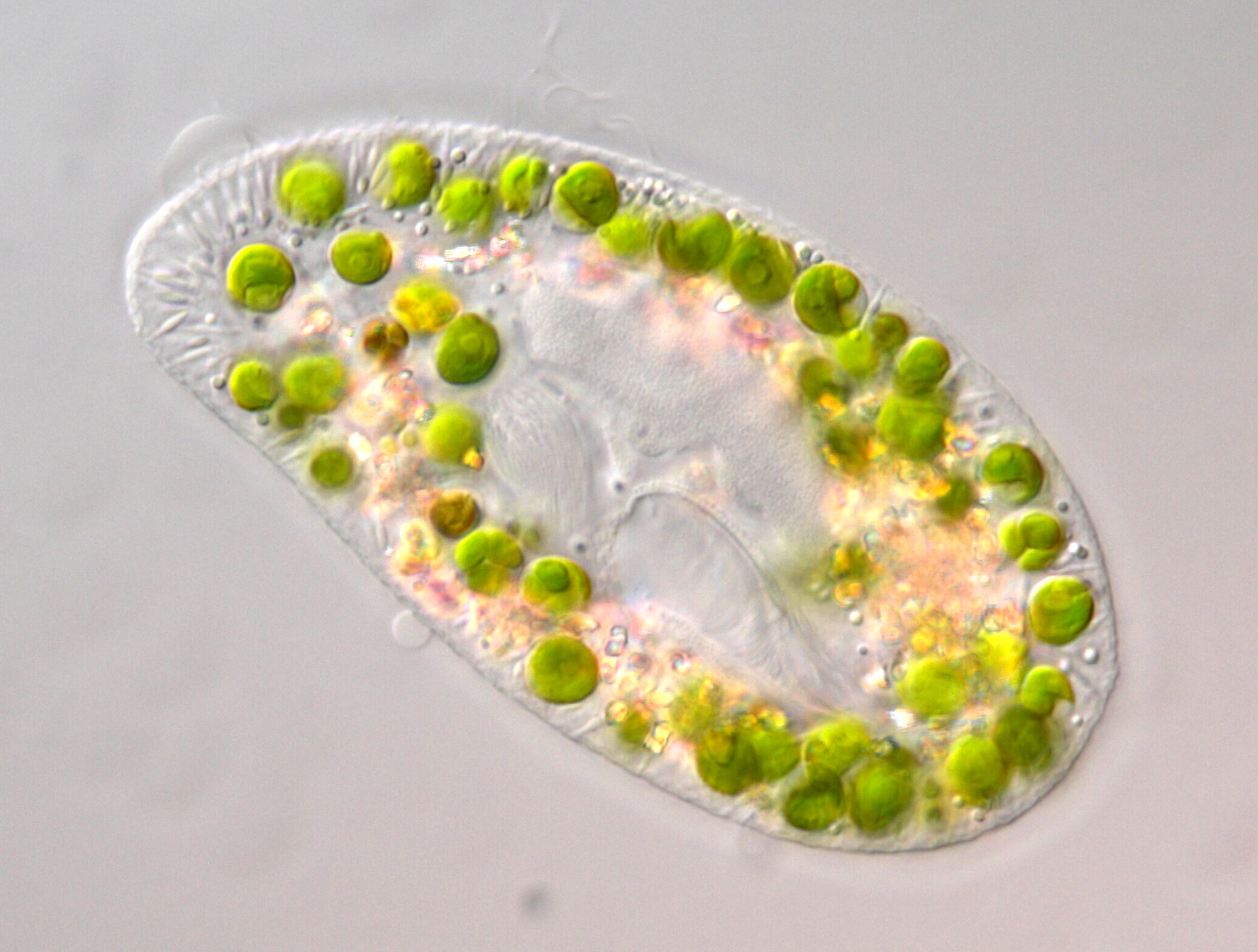
02